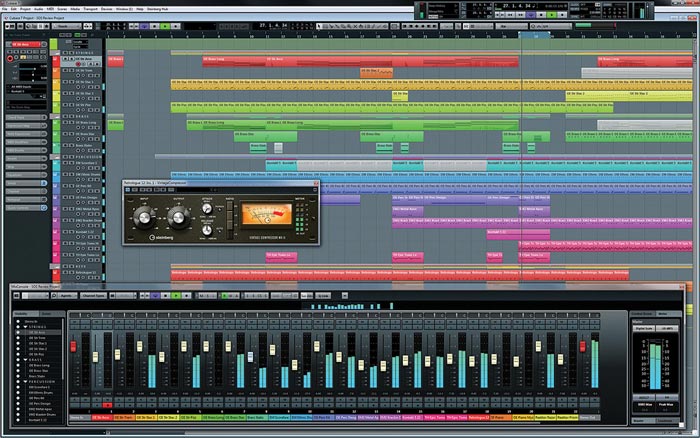

If you select all of the MIDI and audio clips that you want to ignore the Transpose Track, you can toggle them to the Independent setting with a single click. For each audio or MIDI clip, this can be toggled between Follow (the default) and Independent values. This is easily done via the Global Transpose setting in the Info line at the top of the Project window. Second, you’ll probably want to exclude any drum, percussion or sound-effects tracks from the transpose process. This ensures the correct handling of any commercial loops you’ve used that have their original key information embedded (you can check whether they have in the Pool). (Do this in the Project window’s Tool Strip, and if the option is not displayed, you can switch it on via the Tool Strip’s Setup dialogue). First, before you start adding transpose events, it’s a good idea to set the global key for the project.

There are a couple of additional things to note, though. And, providing you don’t have too many sustained notes that span the transition, this kind of modest pitch change will be handled very gracefully, with few unwanted sonic artifacts. On playback, every track, whether MIDI or audio, would be transposed up by a half-step. Located bottom-left of each event is the transpose setting hover the standard cursor over this value, and then click and drag up/down, and you can set the transpose value up/down in semi-tone steps.Īn obvious possibility - something of a pop cliché - would be our old friend the key change: place a transpose event at the start of that final chorus and set its transposition value to 1.

These extend from the insertion point to the end of your project or, if there is one, the next transpose event. Once added to your project, the Pencil tool lets you add transpose events (they look a bit like an empty MIDI clip). As a broad-brush tool for transposing your entire project or just a specific section of it, the Transpose Track is easy to use and very useful. Tucked away under the Add Track menu option alongside Cubase’s other track types is the Transpose Track. In the article that follows, I’ll run through a few examples to help you get started. The ability to transpose parts after they’ve been recorded can be useful for a number of reasons, and Cubase offers a number of tools that make this possible, for both MIDI and audio. Ready for that classic semitone ‘lift’ for the last chorus? The Transpose Track makes it easy.Ĭubase’s audio transpose features open up some interesting creative possibilities.


 0 kommentar(er)
0 kommentar(er)
